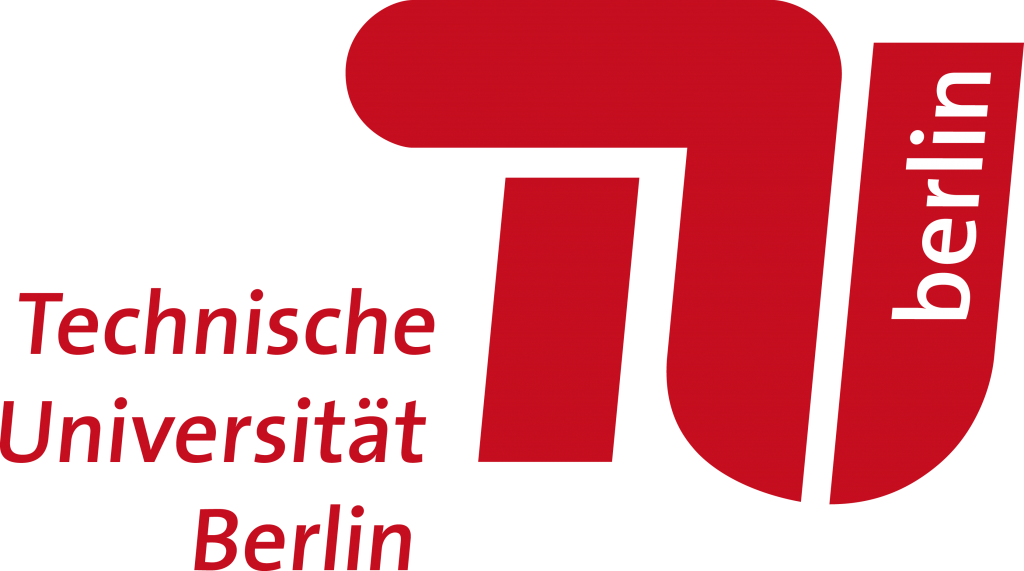 December 2022
December 2022
Muhammad Aleem and his team at TU Berlin main activities in SAFELiMOVE are the materials research including design of HTT, screening of binder and catholyte, as well as leading the Work Package on Indistiallization perspective and Roadmap of solid state lithium batteries towards 2030.
Muhammad has been working at TUB since 2021, focussing on High throughput testing on micro full cells for material Screening and optimization especially focusing on the design of Solid composite electrolytes for Lithium metal batteries.
What was your original motivation to become a researcher?
I love the natural world and have a great zeal of curiosity for the phenomena evolving around us that motivates me to be the researcher.
What is your (main) research area today?
My main research areas are Solid composite electrolytes, High throughput testing methods, Solid state lithium metal batteries.
What is the main objective of your team in SAFELiMOVE?
Our main task is to provide the screening data results using the HTT method. Moreover, creating the Roadmap for vehicle electrification for 2030.
What expertise and facilities does your team have to meet those objectives?
We have more than 10 years of experience designing, optimizing, and screening various battery materials using the High throughput test cells.
Which aspects of your research at SAFELiMOVE do you believe are the most innovative and what unique opportunities offer SAFELiMOVE to yourself and/or your organisation?
In the SAFELiMOVE Project, I believe the most innovative thing is the development of Lithium solid-state batteries, where solid-state batteries are designed and developed from cell level to Pouch cell levels. Within the Project, we have the unique opportunity to assemble and optimize the process parameter for the Solid-state battery for the first time and then perform the HTT method on hundreds of cells.
How do you see the future use of the SAFELiMOVE-results and the impact of SAFELiMOVE-project in our daily lives?
SAFELiMOVE is going to have a tremendous impact on the battery research field where we have actual 10AH prototype cells by the end of this Project.
